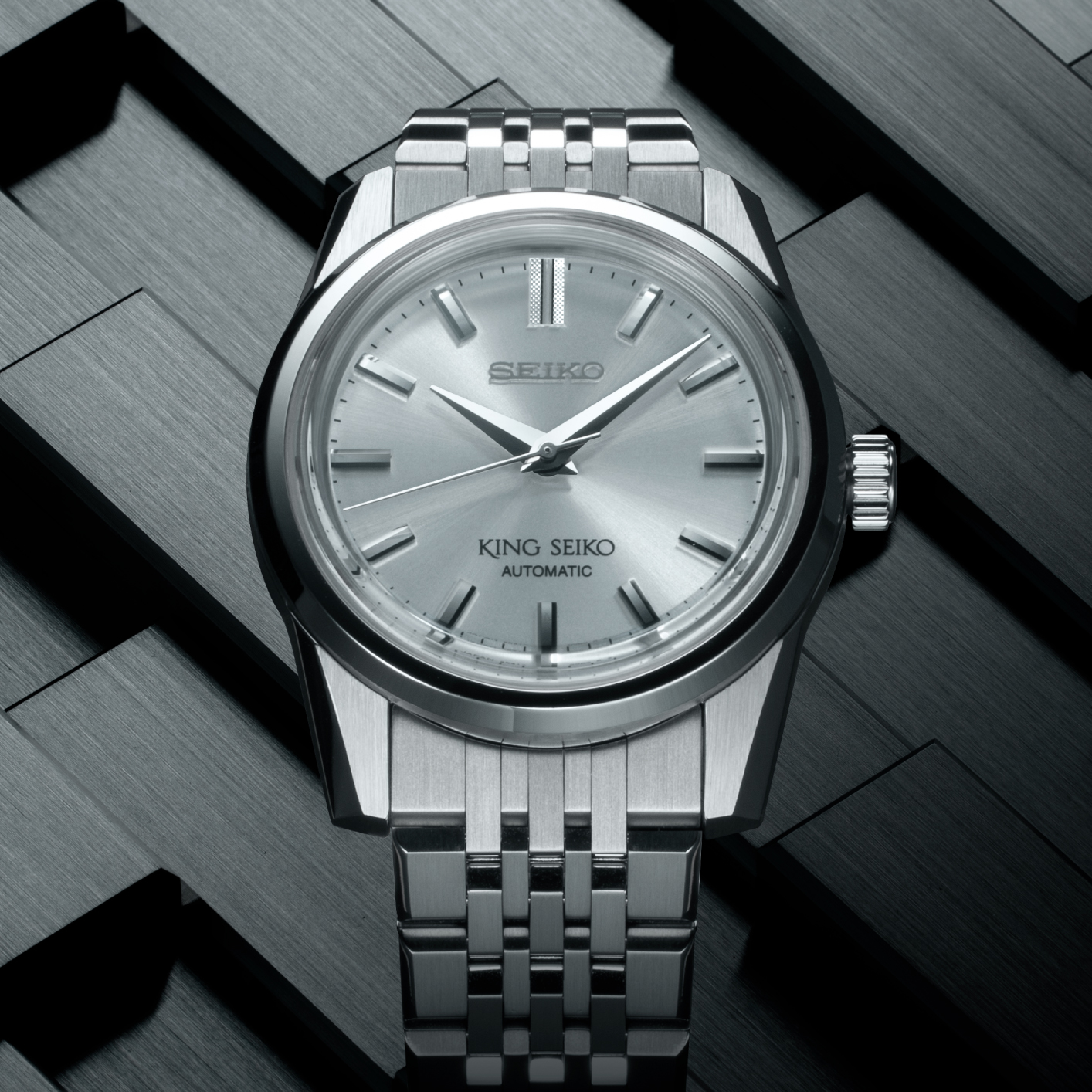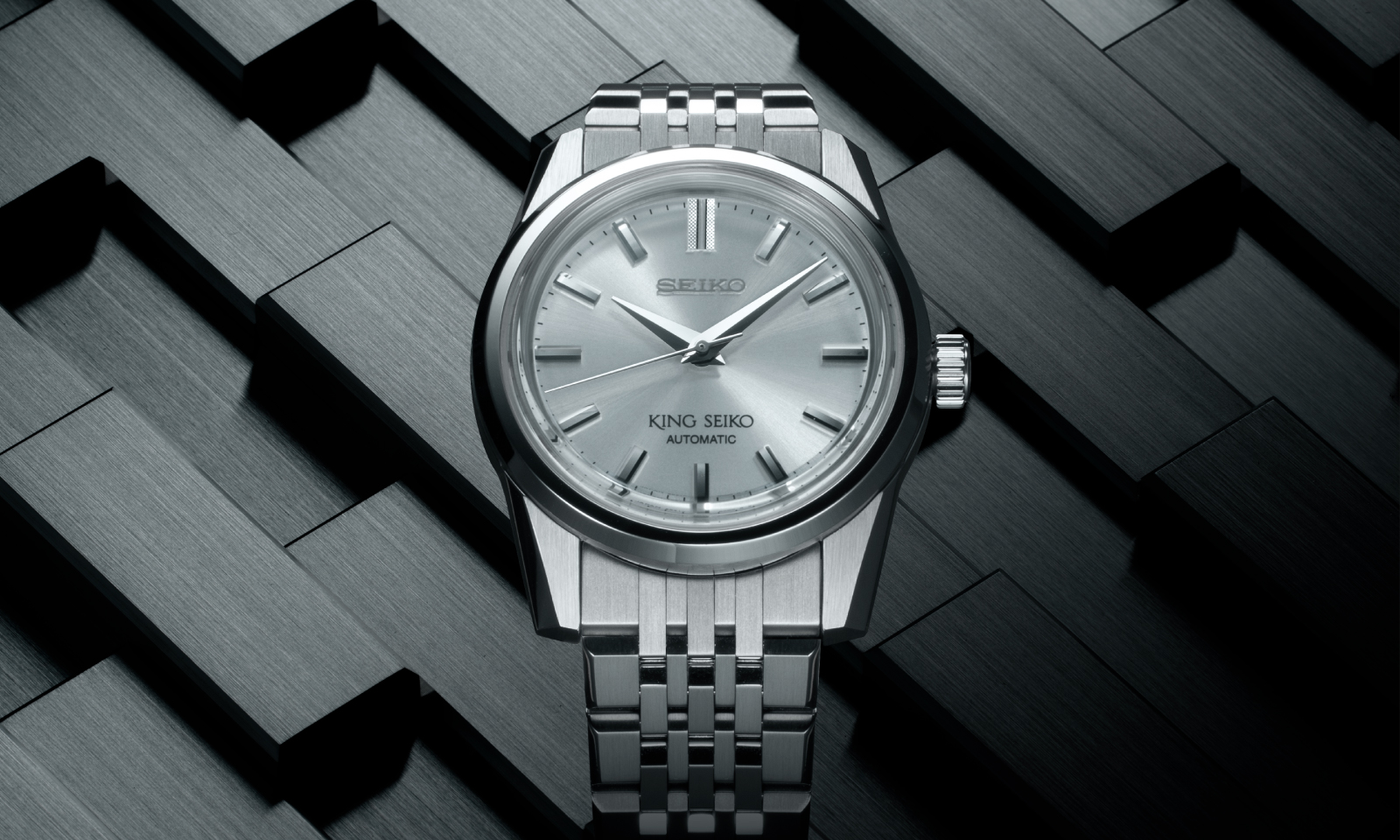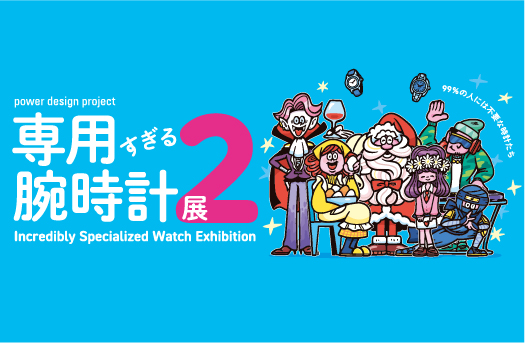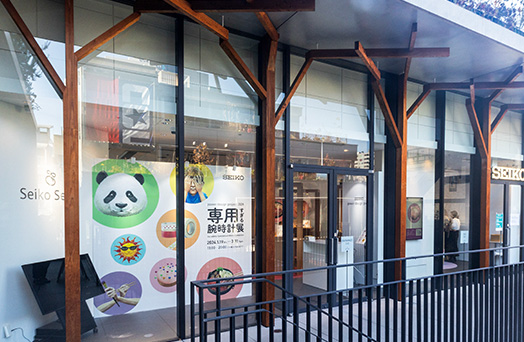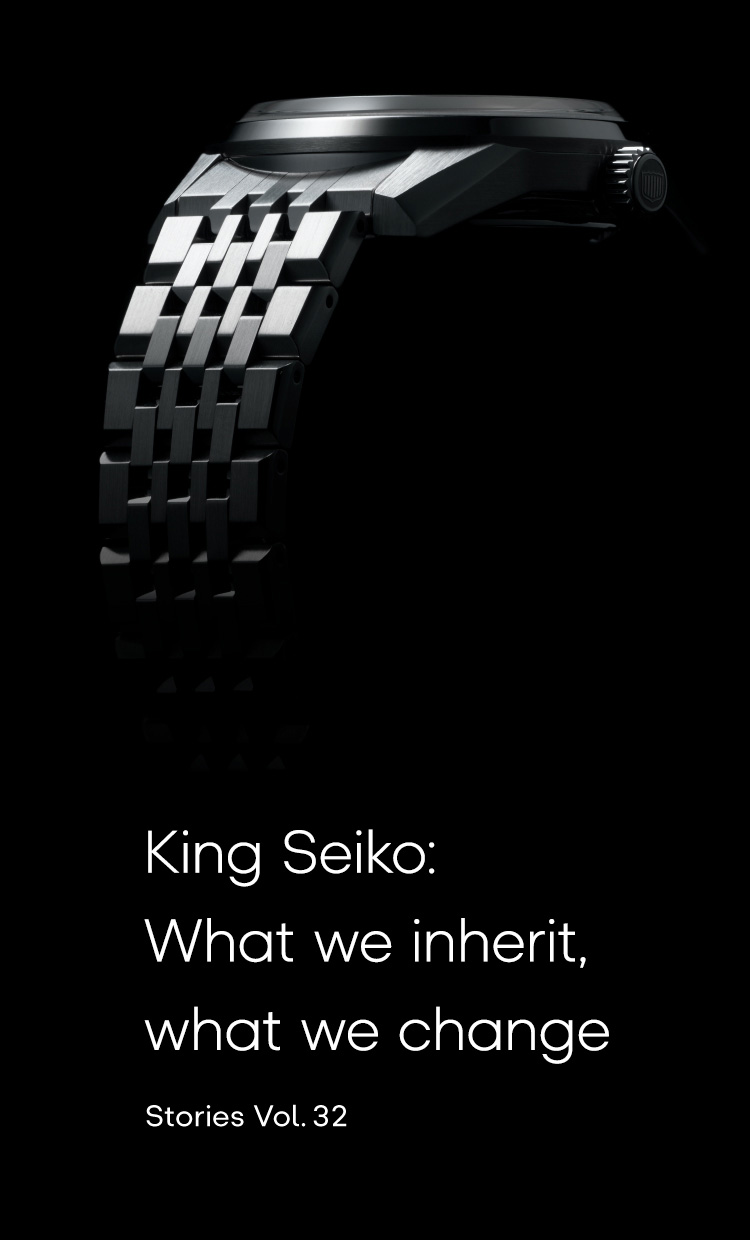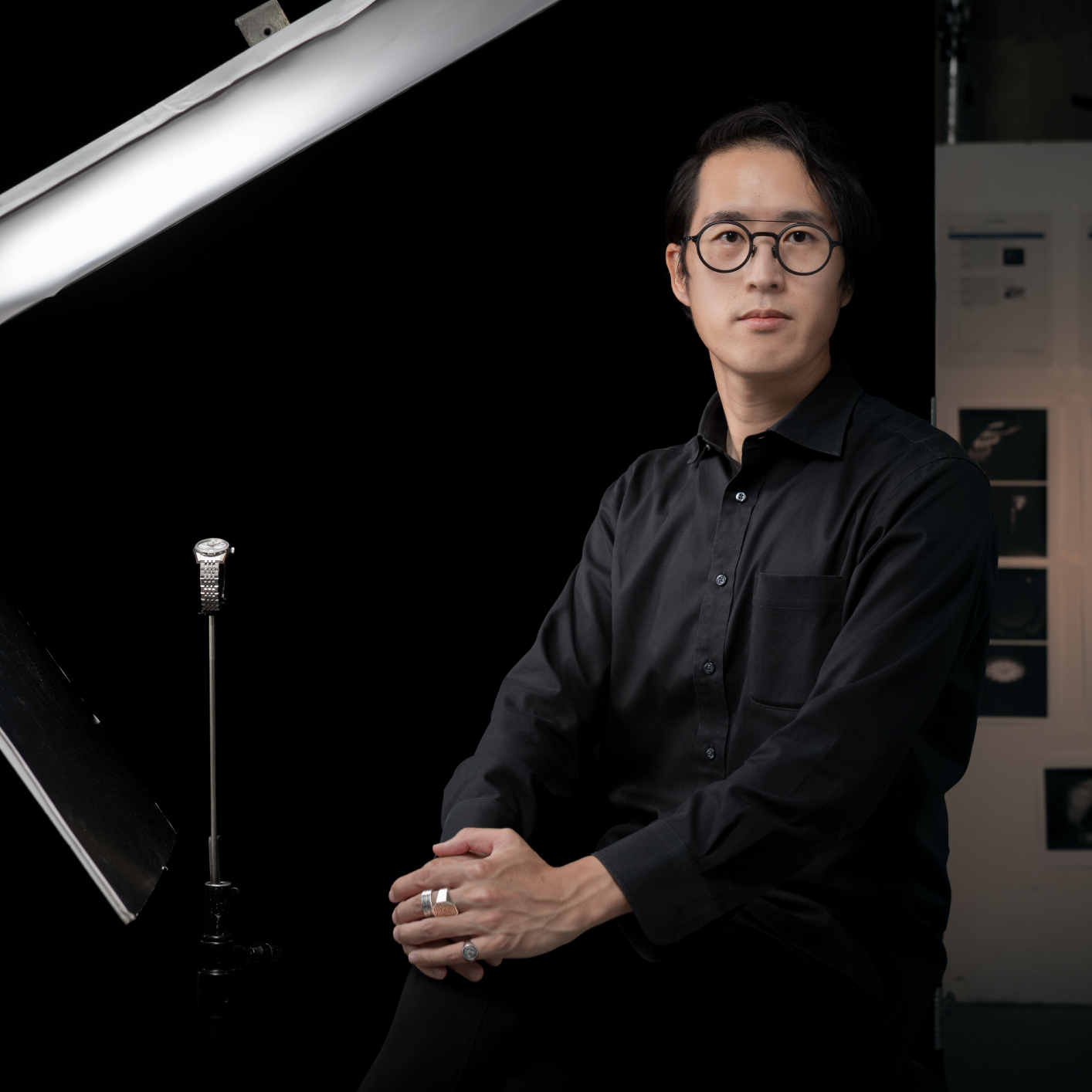
After joining Seiko in 2010, Matsumoto designed watches for the global market, and then watches of the Astron series. Today, he is on the Presage and King Seiko design teams. For this volume, Matsumoto himself directed the visuals that express the King Seiko world view. Including the creation of computer graphics for the photo shoot, he created visuals that convey the appeal of King Seiko.
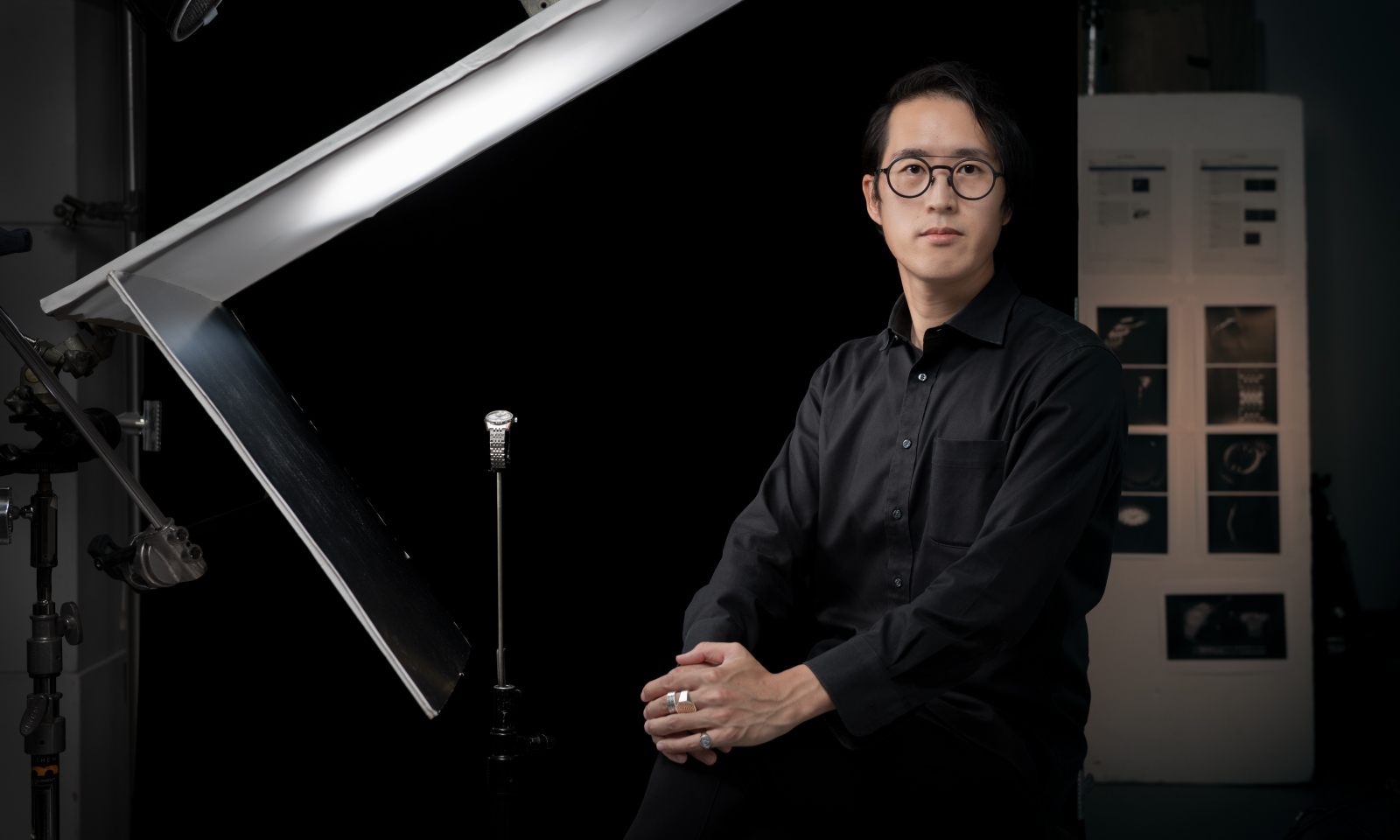
After joining Seiko in 2010, Matsumoto designed watches for the global market, and then watches of the Astron series. Today, he is on the Presage and King Seiko design teams. For this volume, Matsumoto himself directed the visuals that express the King Seiko world view. Including the creation of computer graphics for the photo shoot, he created visuals that convey the appeal of King Seiko.
A bold timepiece from an era of vibrancy.
Let’s delve into the origins of King Seiko. In the vibrant 1950s, Japan witnessed rapid economic growth, with Tokyo evolving at an astonishing pace. This period marked a significant leap in watchmaking technology, propelling the performance of timepieces to new heights, particularly within Seiko’s domain.
The technological strides made during this period enabled the mass production of mechanical watches with consistent quality. This era birthed numerous horological masterpieces, laying the groundwork for the emergence of Grand Seiko and King Seiko. Indeed, King Seiko emerged as a product of this evolutionary phase.
Built upon a foundation of stable manufacturing technology, watches of this era embraced a newfound originality in design. While boasting highly accurate functionality, watches were produced on a large scale with distinctive designs, requiring advanced processing techniques previously unseen in watchmaking. This evolution seemed to mirror the dynamism of Tokyo’s rapid urban expansion, giving rise to numerous designs that exuded individuality. One such iconic model was the second-generation King Seiko (hereafter referred to as KSK), introduced in 1965.
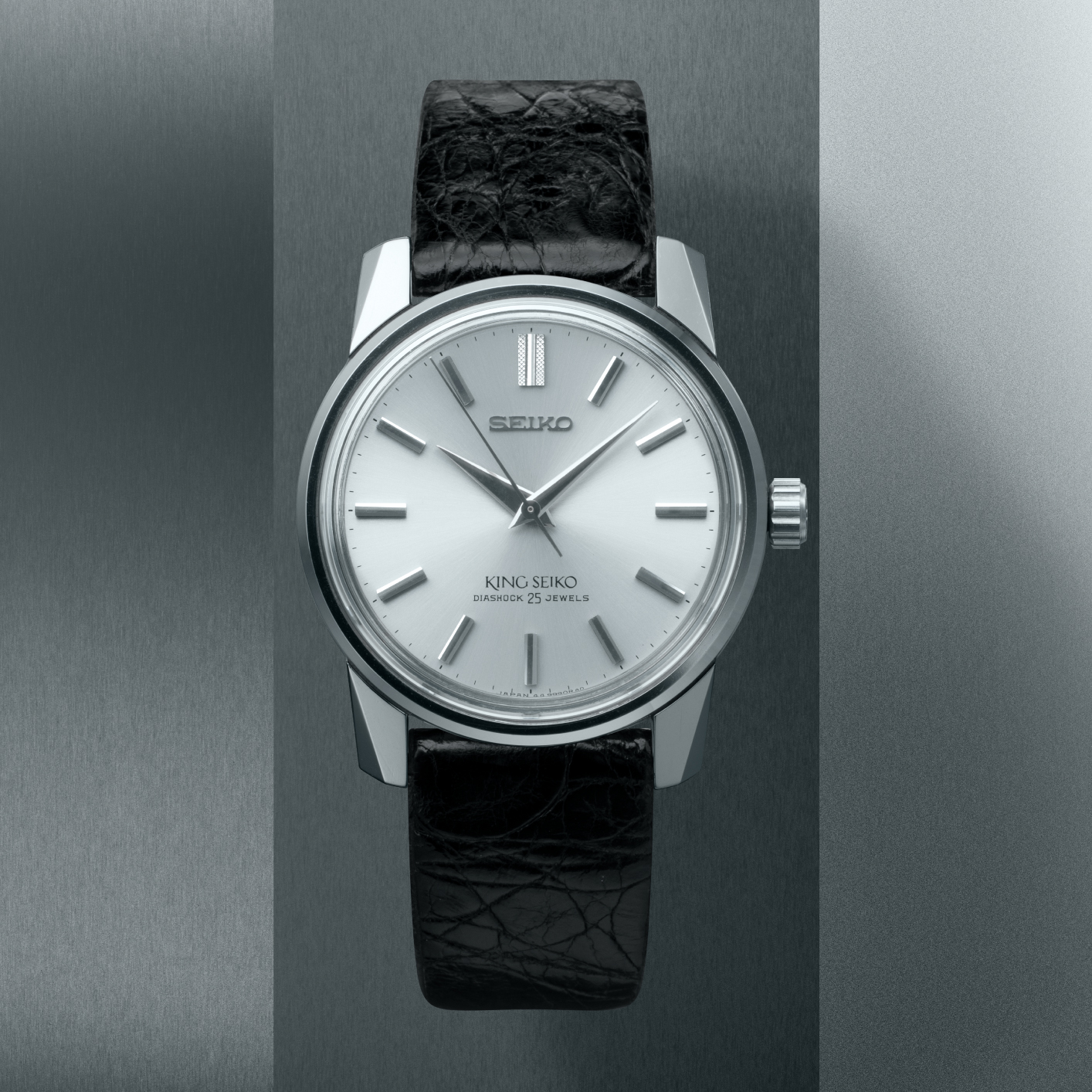
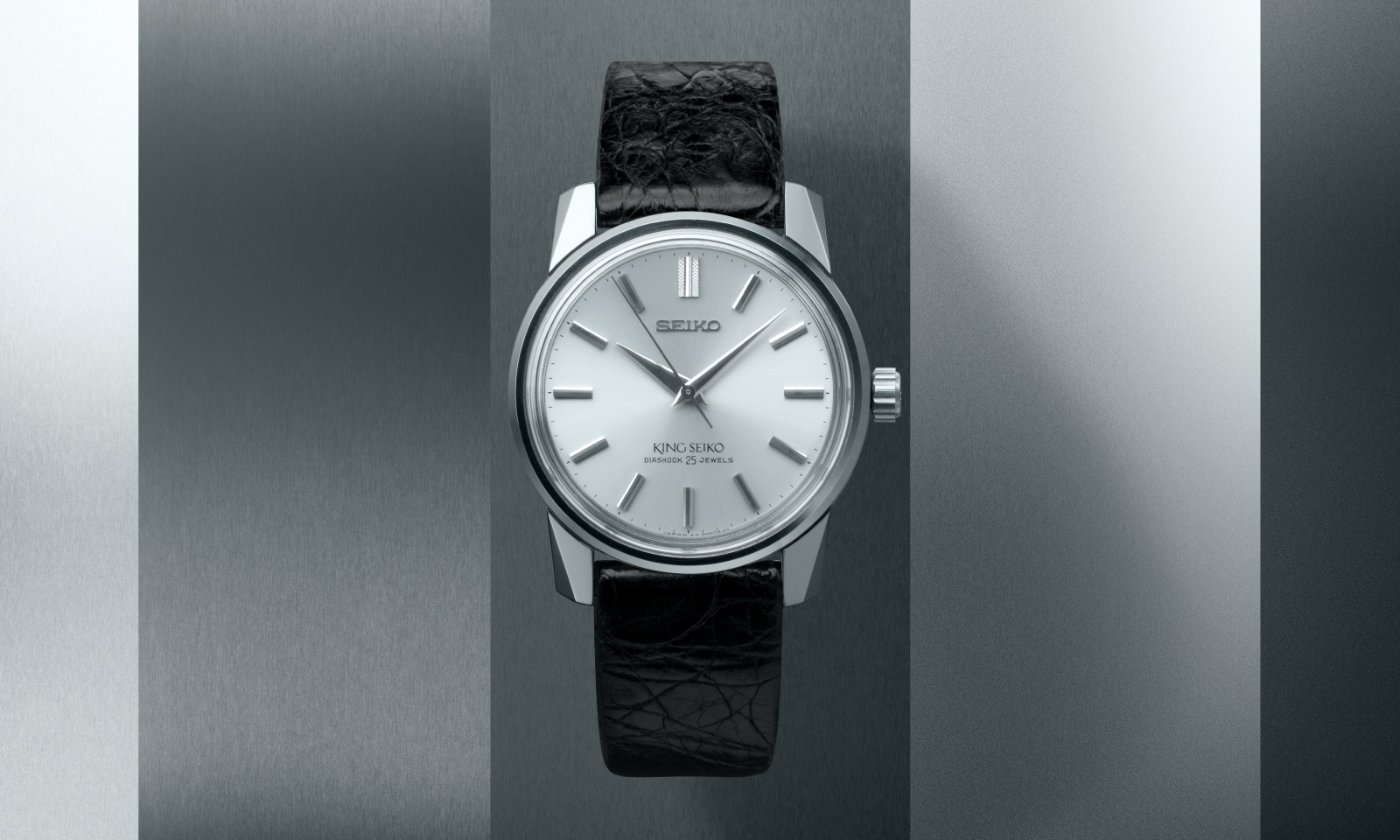
KSK’s design is characterized by the well-defined proportions of its exceptionally thin bezel, complemented by robust, straight lugs. Furthermore, the boldly sculpted lugs, featuring straight lines and flat surfaces, impart an energetic and commanding presence to the watch. The box-shaped glass reduces the bulkiness of the otherwise somewhat thick sides of the case, while maintaining an exquisite balance between durability and lightweight construction. Notably, the 12 o’clock index on the dial features a diamond knurl pattern similar to that found on luxury lighters, which sparkles as light hits it from different angles, creating an elegant brilliance. This was an innovative technique that was developed at the time.
These distinctive and powerful forms appear to have been influenced by the vitality and atmosphere of Japan during that era. The KSK model most strongly embodies the King Seiko character, possessing a mysterious charm that uplifts the spirits of those who wear it.
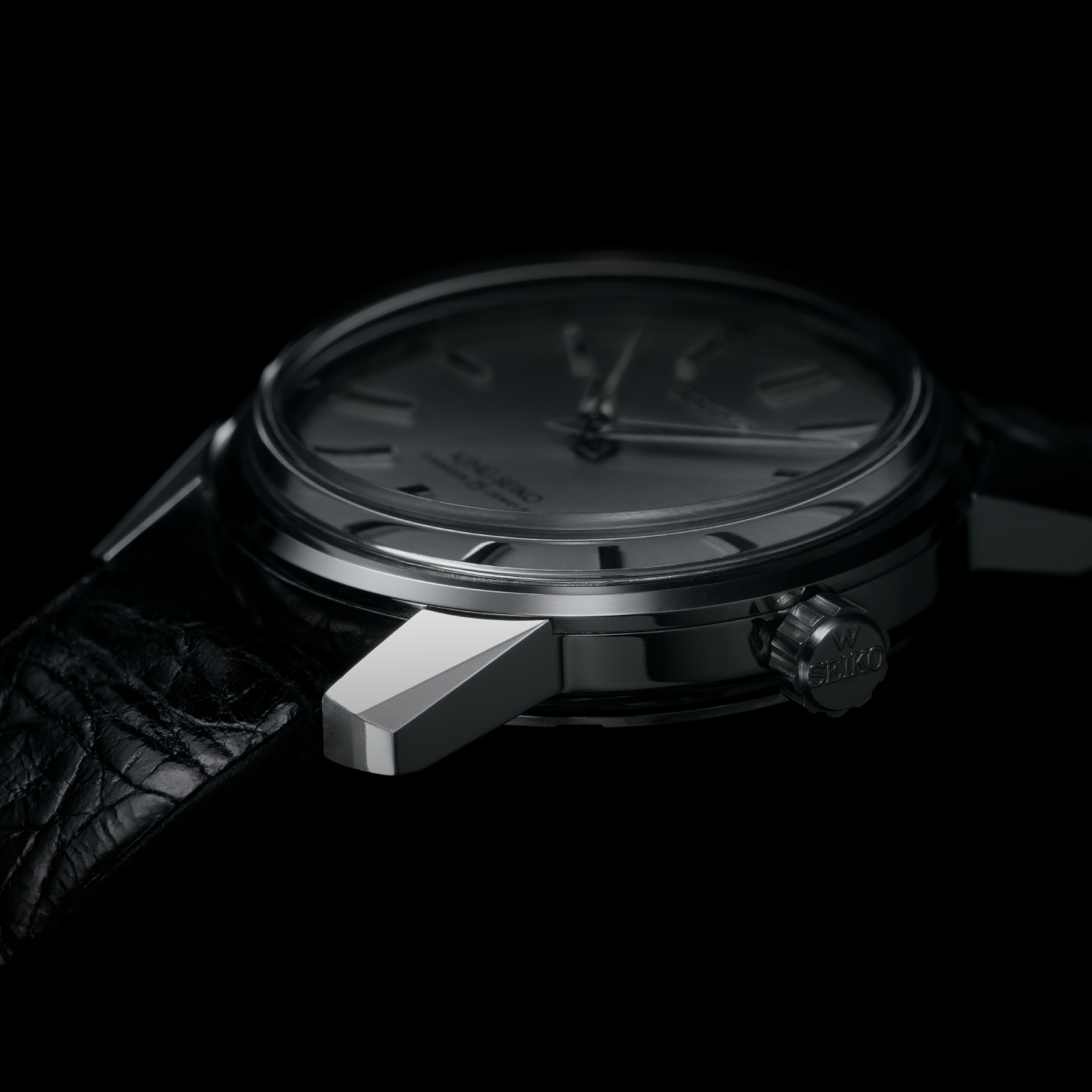
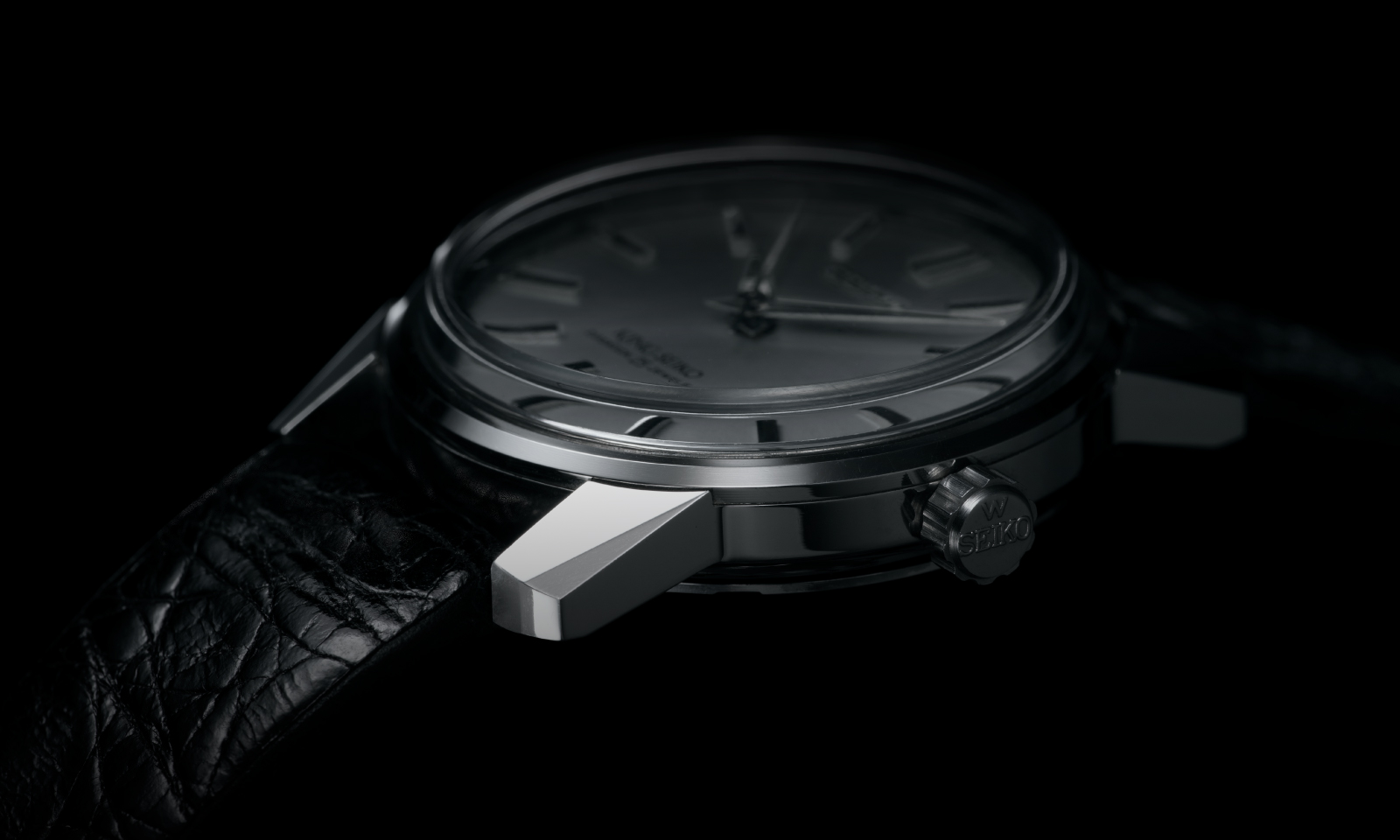
The Revival of King Seiko in 2022.
Working from the basis of the KSK, the epitome of the King Seiko character, we revived the standard King Seiko model in 2022. Our focus was on the mechanical type, aiming to create a design that has a commanding presence on the wrist. This time, it wasn’t a mere reissue of the original. We meticulously determined which elements to retain and which to modify, all while preserving the design DNA of the KSK.
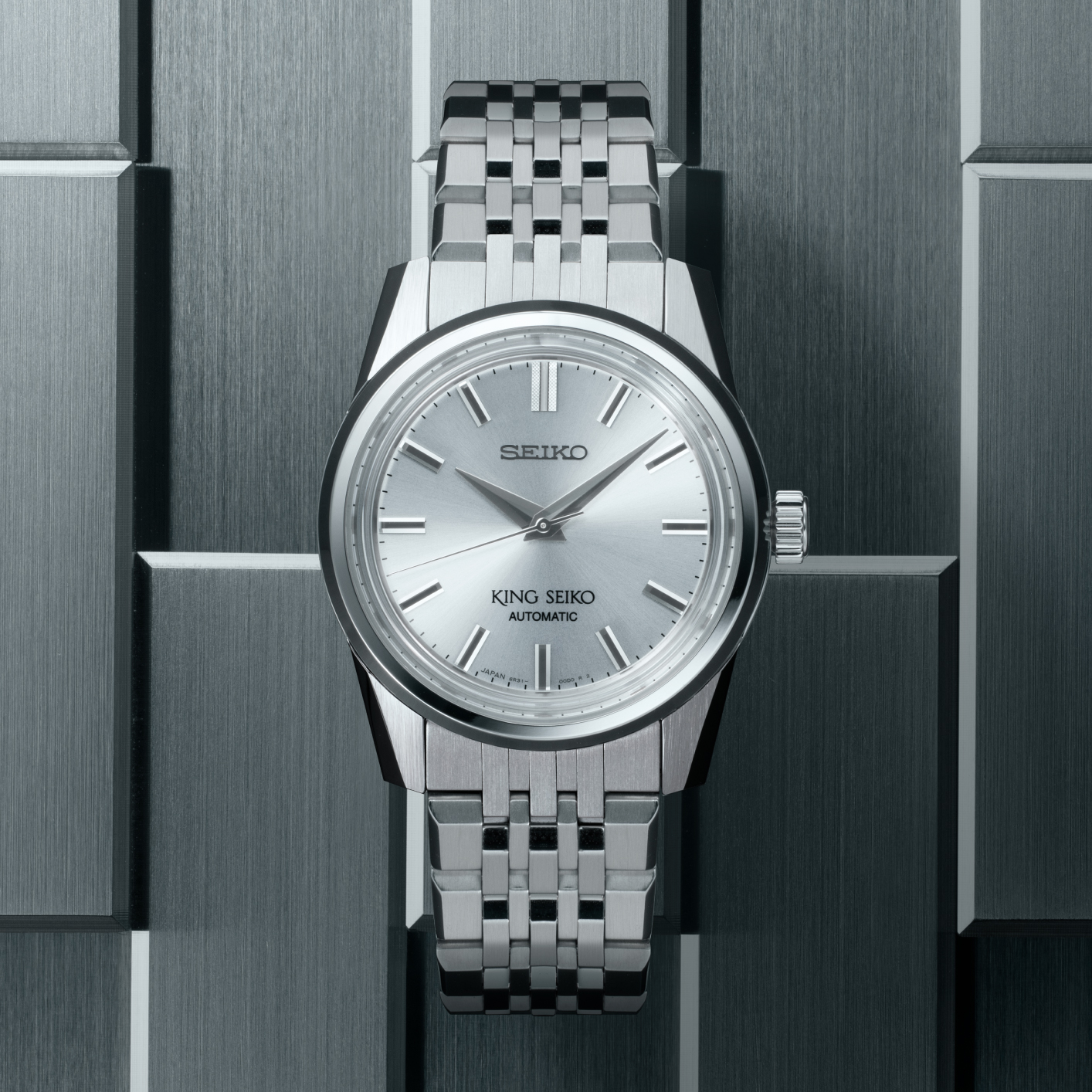
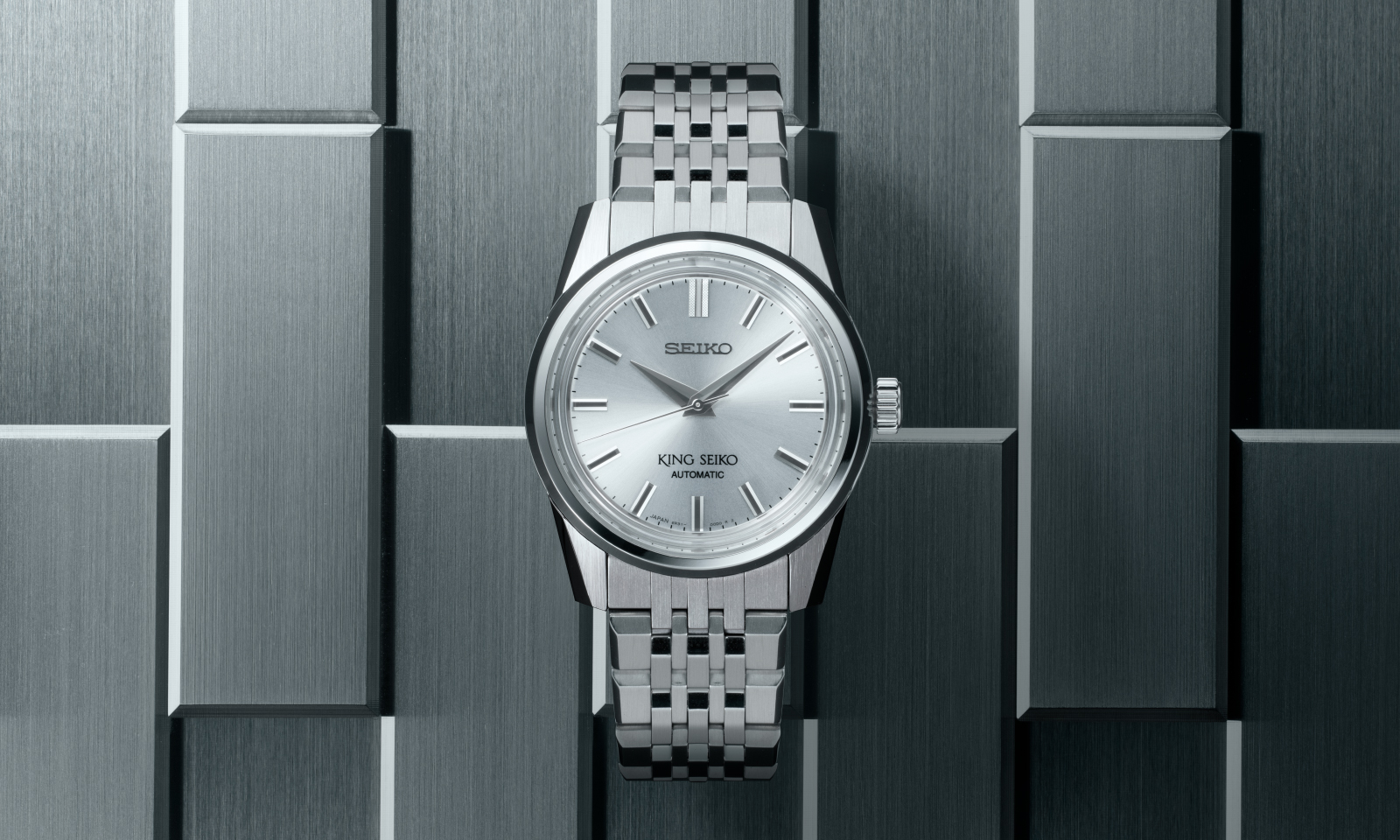
For example, the new model deliberately omits a calendar, which is unusual for a modern Seiko, to capture the essence of the 1960s. Additionally, a box-shaped sapphire crystal was used to further emphasize the aesthetic of that period. We aimed for a compact case size, closely resembling the original. However, in a modern twist, the mirror surface of the lugs is boldly widened and combined with a hairline finish to achieve a sharp, contemporary look.
In designing this model, we focused on maintaining proportions consistent with modern manufacturing conditions, which differ significantly from those of the past. Recreating the model exactly as it was then is not possible. While honoring the original design, we conducted numerous design verifications and fine-tuned details to imbue the watch with a fresh, modern feel. The challenge in watch design lies in the subtle sensory differences and textural effects observed when comparing CAD data, 3D-printed samples, and metal samples. Achieving a highly perfected design requires the designer to mentally reassemble these elements.
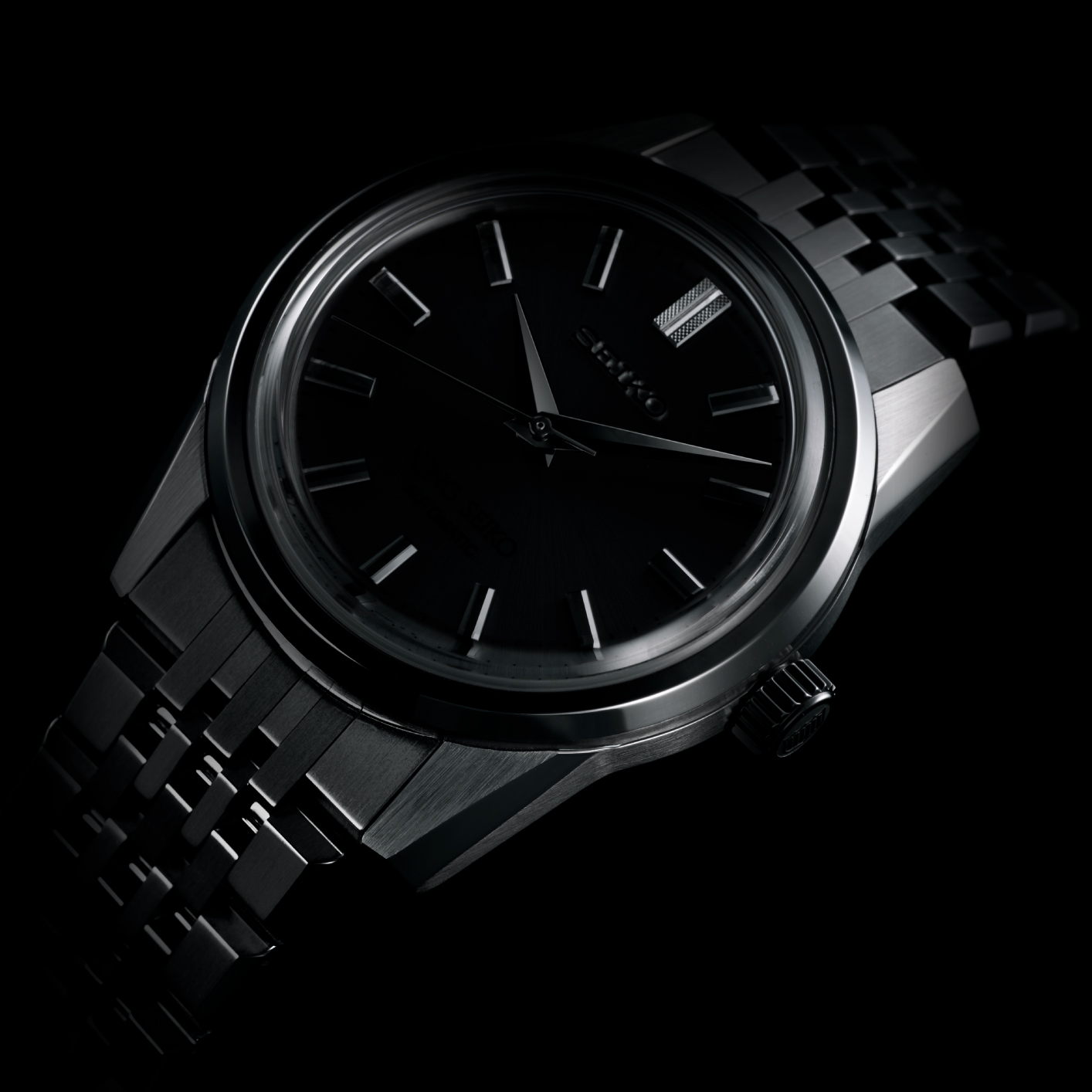
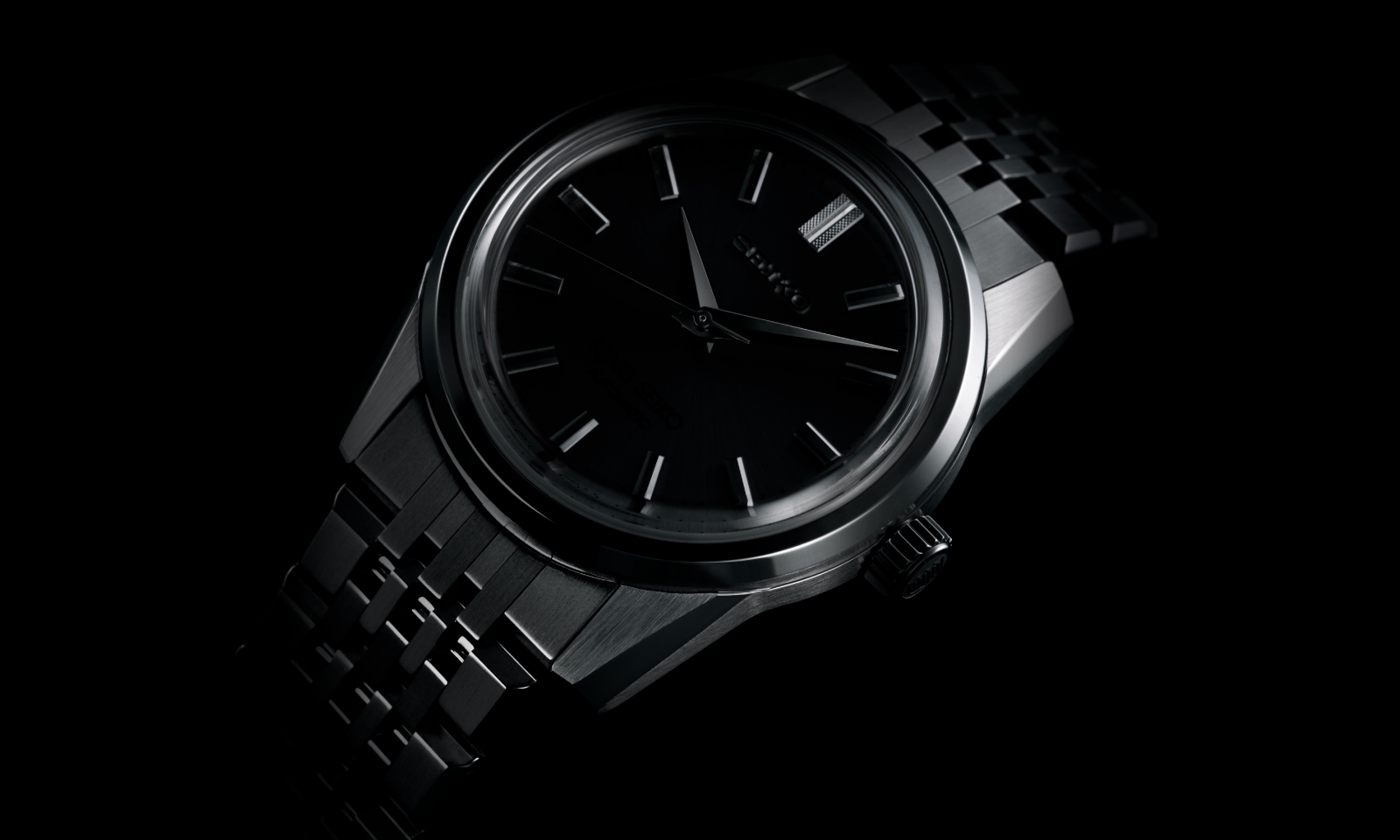
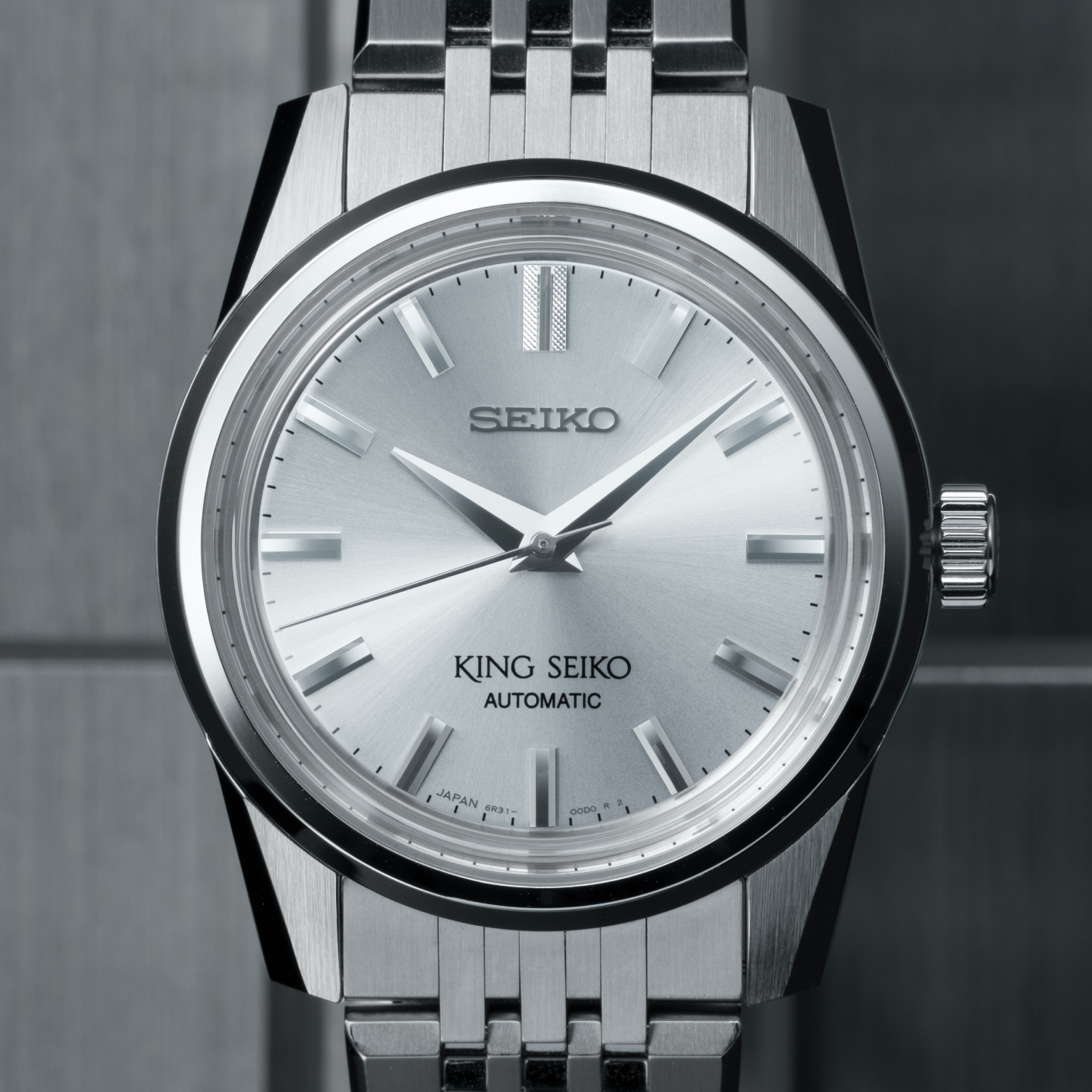
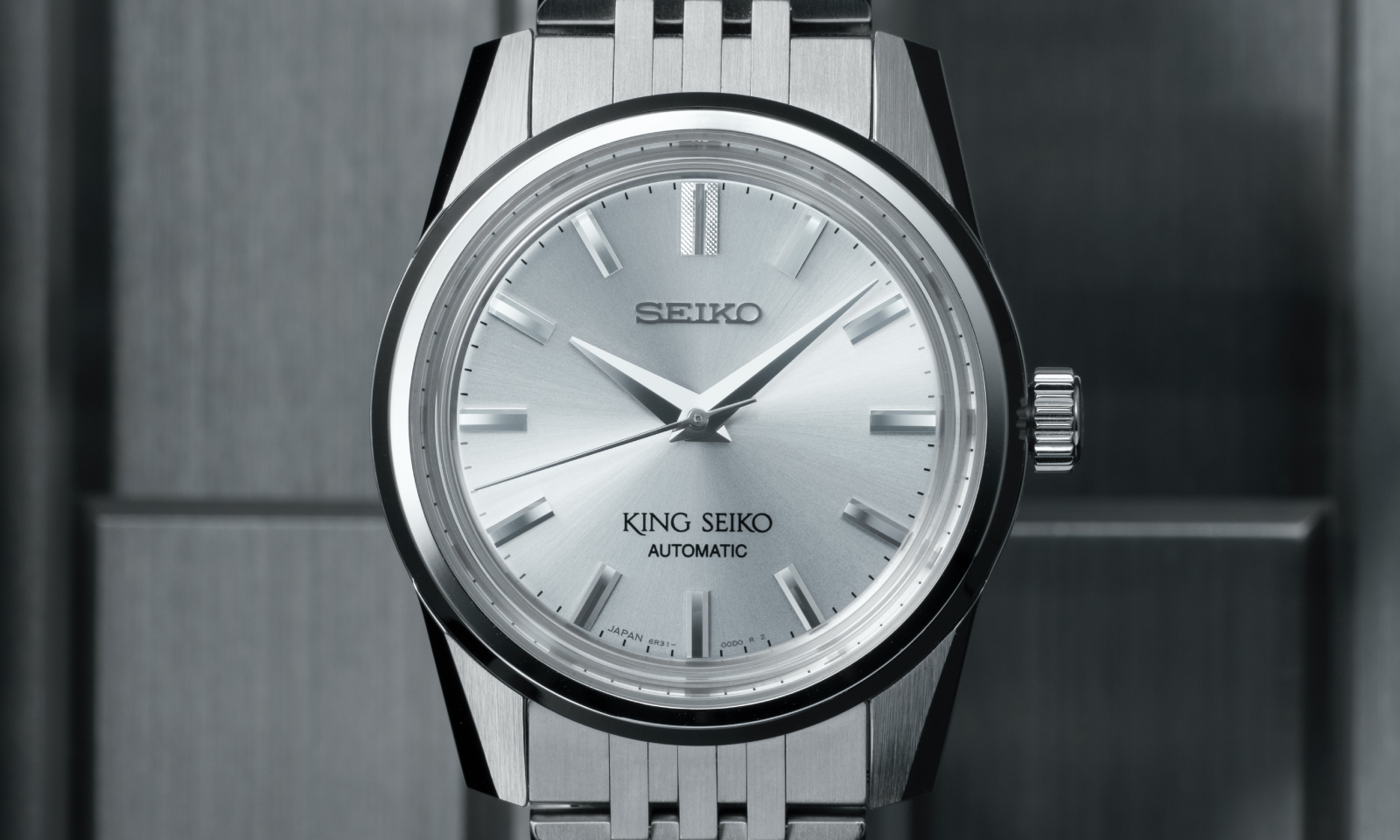
Looking back to the 1960s, when there was no CAD, computer graphics, or 3D printers, our predecessors relied solely on their imagination to design watches. The ability to create one innovative design after another, despite the lack of advanced tools, reflects their extraordinary passion for watchmaking. In designing this model, I paid homage to their remarkable ideas and dedication.
Our predecessors understood the beauty of proportions, and we aimed to retain that while ensuring the design looks stylish in the present day. Through repeated trial and error, we completed a unique model with a strong presence, despite its small case size of just 37 mm in diameter.
As a side note, many of the team members involved in the project were enthusiastic King Seiko fans. Because of this, we approached the project with the mindset that if we created something we were truly satisfied with, other King Seiko fans would be pleased as well.
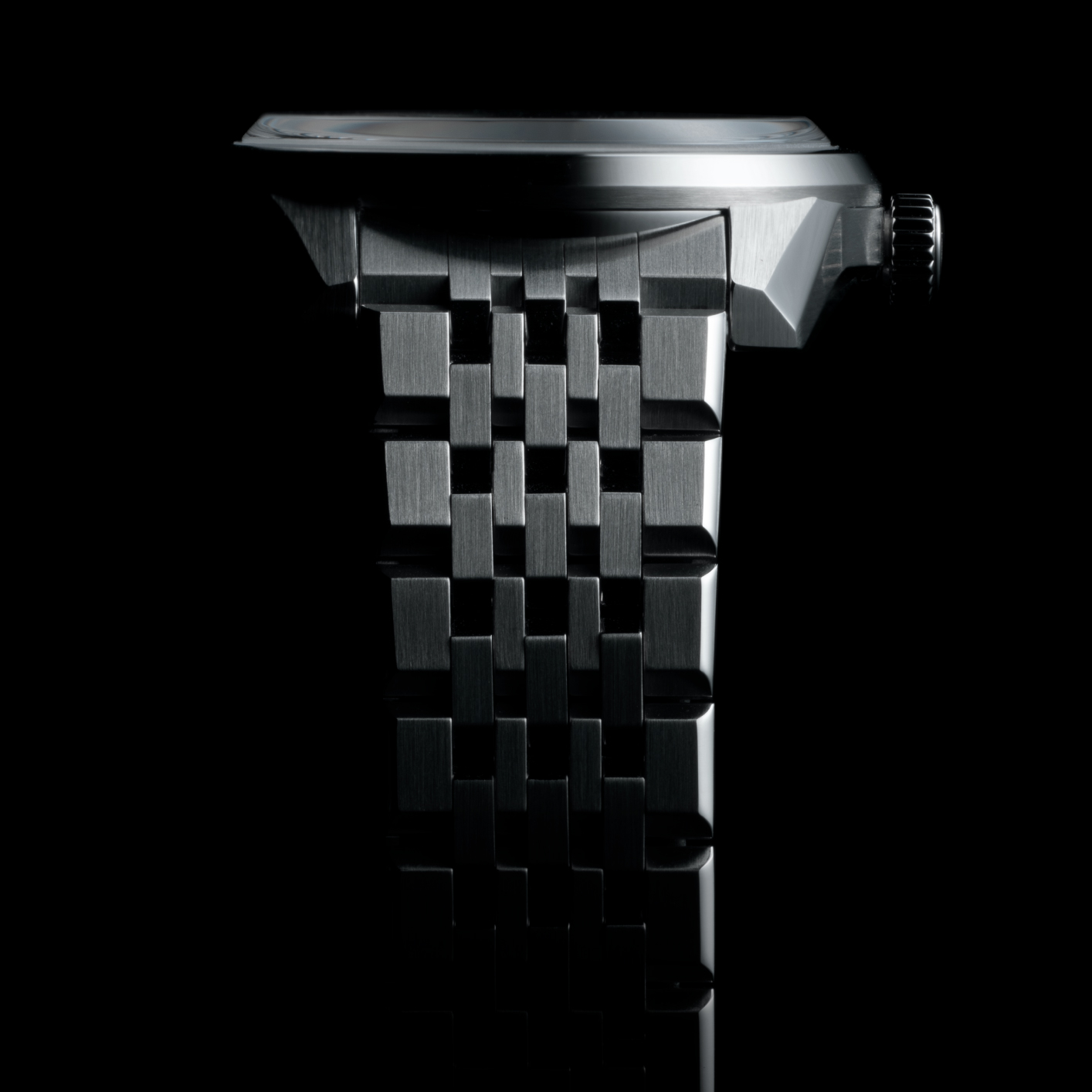
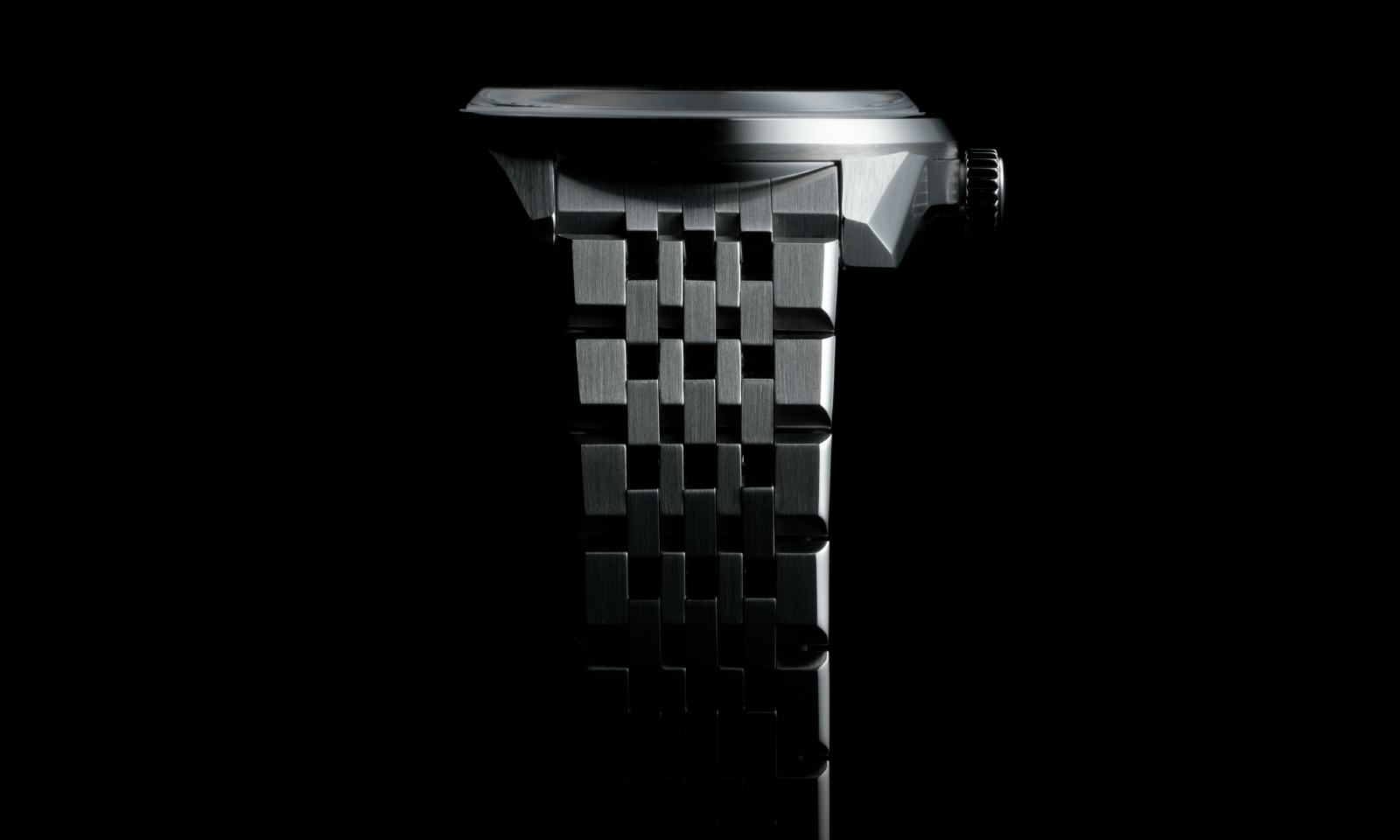
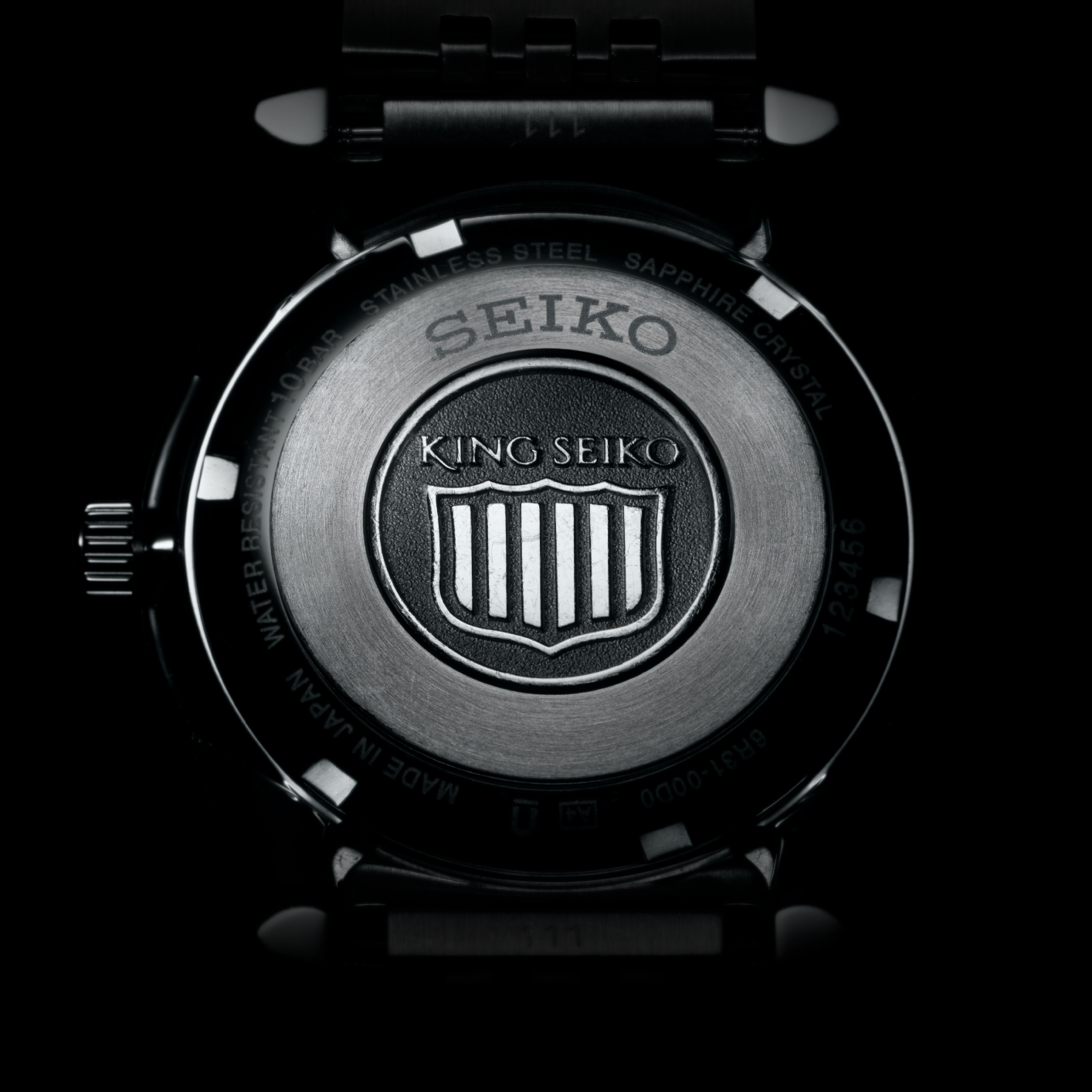
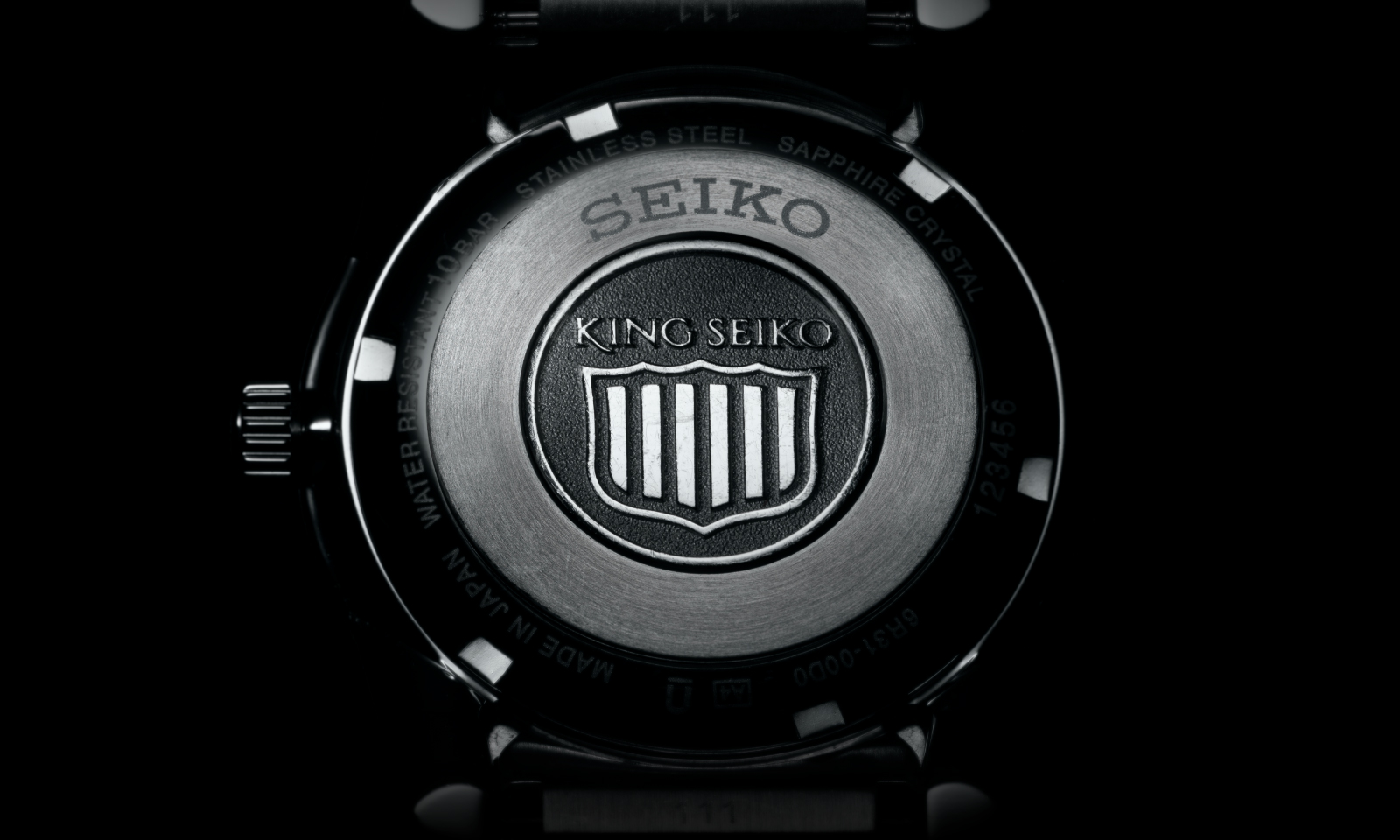
A design that blends seamlessly with modern times and looks stylish in the city.
Even now, more than 50 years after the release of the original King Seiko model, the city of Tokyo is constantly evolving, with new innovations continually emerging. We believe we have designed a model that perfectly complements the unique character of this vibrant city.
The reevaluation of mechanical watches in recent years is a notable characteristic of our current era. In a time dominated by screens and touch panels, where the inner workings of our devices are often hidden, people are drawn to tools that offer a tangible, sensory experience. The rhythmic movement of a balance wheel and the sound of its oscillation, reminiscent of a living creature, may be exactly what people today are seeking.
We hope many people will experience the new King Seiko, which delivers a striking impact and a unique sense of exuberance to those who wear it.
